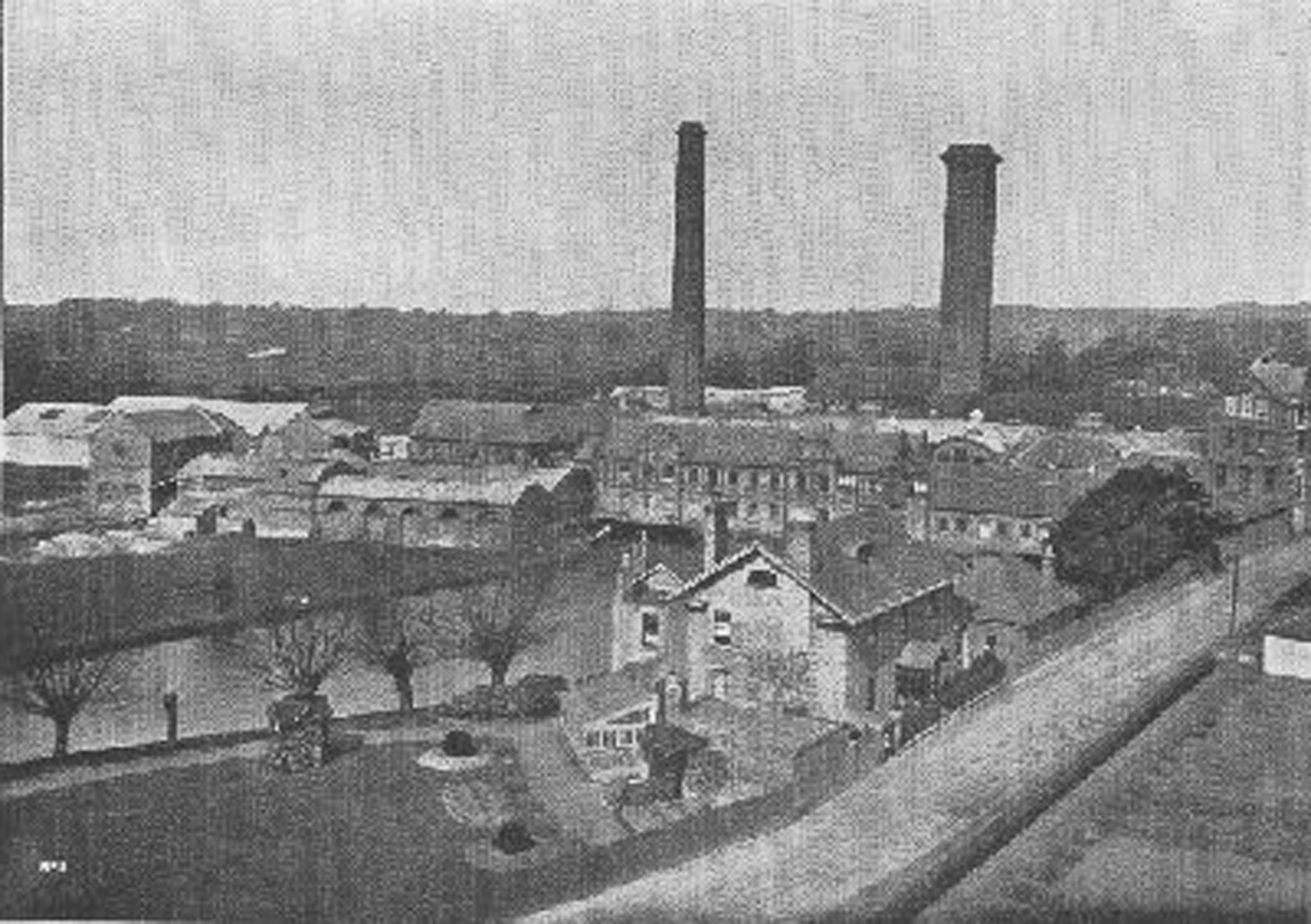HOLBEIN WATERMARK
, 9 May 2014
Hello again!
This week we are going to talk about the watermark found on the lithograph prints.
Do you know what a watermark is? Well, the watermark is a design or a pattern which is made during the paper production by the paper makers. The first paper mill which introduced a watermark in its papers was Fabriano, Italy in 1282. A watermark is made by attaching wire in a shape or letters to the mould, the sieve which catches the fibres making a sheet of paper. This then causes the paper to be thinner in this areas. Another way to make a watermark is impressing a water-coated metal stamp or dandy roll onto the paper during manufacturing. Watermarks can show us the manufacturer’s name, an animal, geometric designs, etc.
If you hold a bank note against the light you will be able to see a watermark!
During the lithograph prints conservation process we found in many thinner papers a Holbein watermark. After some research, we discovered that Holbein paper was a handmade printing paper sold by Spalding & Hodge, 145-7 Drury Lane, London WC. At the end of nineteenth century Spalding & Hodge were the owners of paper mills at East Malling in Kent also they bought Horton Kirby Mill, South Darenth, Kent in 1872.


